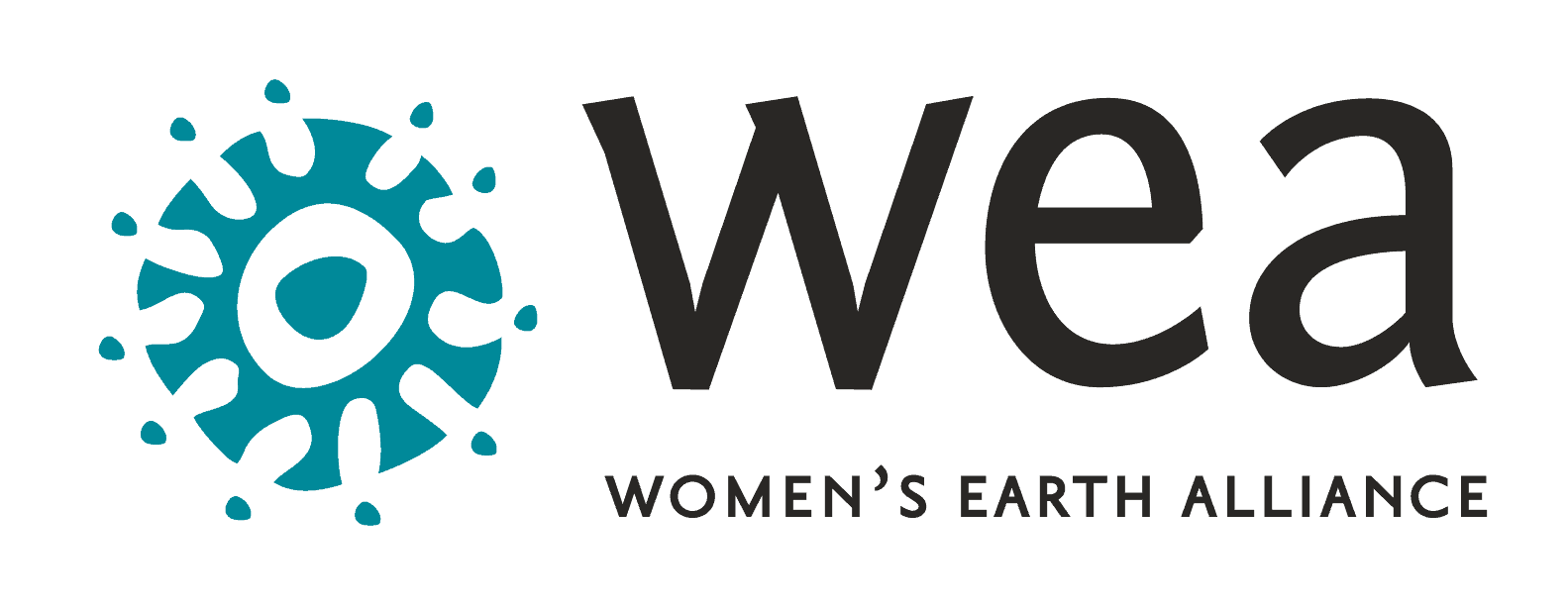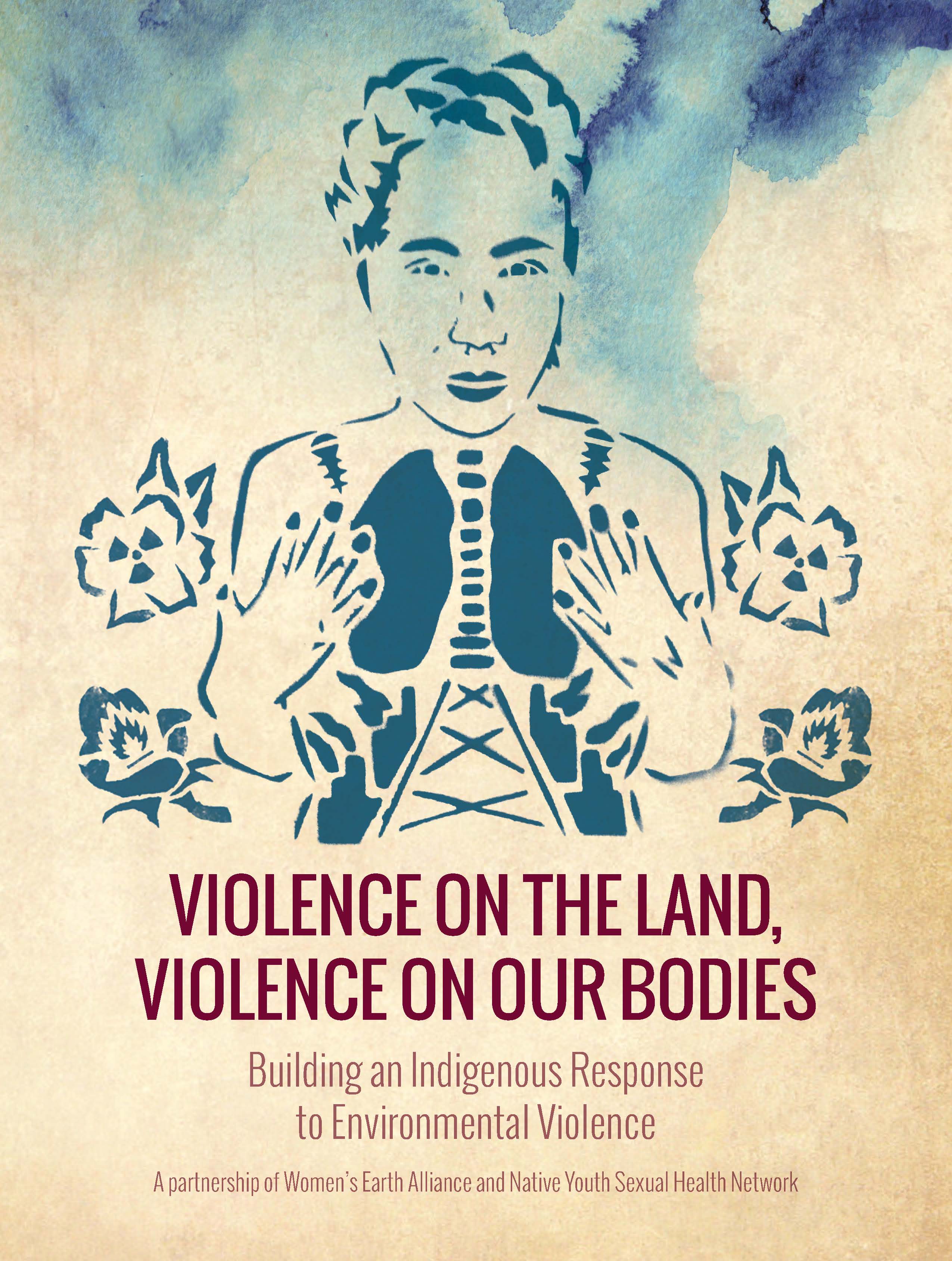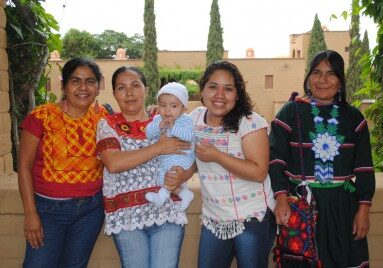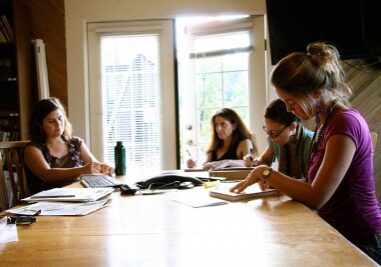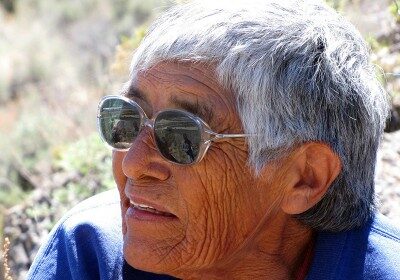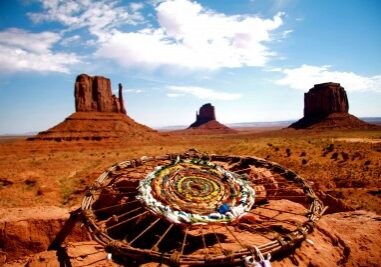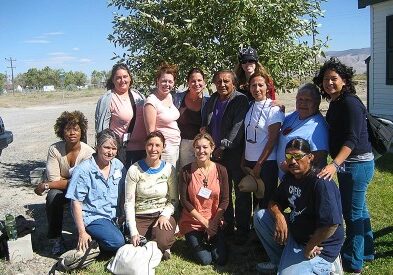SHEDDING LIGHT ON ENVIRONMENTAL VIOLENCE IN THE U.S. & CANADA
Indigenous communities in the U.S. and Canada are on the frontlines of an environmental crisis, where the health of their lands and bodies is under direct threat from extractive industries. In partnership with the Native Youth Sexual Health Network (NYSHN), WEA launched the Violence on the Land, Violence on our Bodies initiative in 2016 to address this critical intersection. This initiative amplifies the voices of Indigenous women, girls, and Two-Spirit people, providing essential tools and resources to document, resist, and heal from the violence caused by oil, gas, mining, and fracking industries.

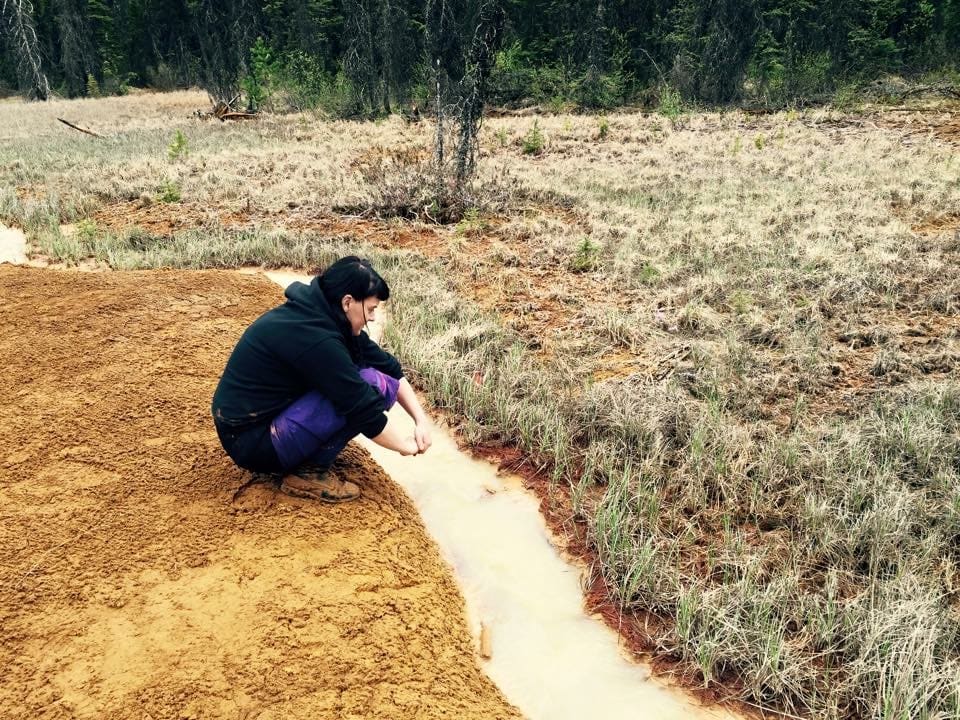
WHAT'S AT STAKE
For Indigenous communities, the connection between land and body is inseparable. Extractive industries have devastated these territories for decades, with economic gains for corporations and governments coming at the expense of Indigenous people’s health, culture, and safety. These communities face grave environmental violence, from toxic exposure and reproductive illnesses to sexual violence linked to “man camps” associated with the oil and gas industry. Despite the widespread harm, there has been little political accountability or formal documentation of the damage.
With fossil fuel extraction expanding across the continent, it is more urgent than ever to amplify Indigenous voices, protect communities on the frontlines, and demand justice for the land and its people.
OUR FOCUS
The Violence on the Land, Violence on our Bodies initiative centers on supporting the leadership of Indigenous women, girls, and Two-Spirit people who are resisting the environmental violence caused by extractive industries. Through this initiative, WEA and NYSHN provide resources to help these leaders document environmental harm, educate their communities, and implement culturally safe, community-driven resistance strategies. The goal is to ensure that these communities have the tools and support needed to protect their lands, bodies, and futures.
The initiative’s methodology is rooted in a community-centered approach that prioritizes the voices of Indigenous women, girls, and Two-Spirit people. We gathered testimonies from frontline community members experiencing environmental violence firsthand, participated in local Water Walks, and joined community-led actions to document the impacts of environmental harm on health, culture, and well-being. Through these engagements, we supported resistance efforts and learned directly from those most affected.
Key aspects of the methodology include:
-
Gathering testimonies from frontline community members to amplify their experiences of environmental violence.
-
Participating in Water Walks and other community-led actions to document the harm caused by extractive industries and support local resistance efforts.
-
Collaborating with Indigenous leaders and elders to curate and share practical tools such as workshop templates, health assessments, and nation-specific resources and medicines for land-based healing practices.
These efforts informed the creation of the Violence on the Land, Violence on our Bodies report and toolkit, which serves as a resource for impacted communities and a call to action for policy makers and international bodies.
OUR PARTNERSHIP
Native Youth Sexual Health Network (NYSHN)
The Violence on the Land, Violence on our Bodies initiative grew out of the work of generations of Indigenous knowledge holders and leaders who have long resisted the violence of extractive industries. It also draws from the ongoing efforts of WEA and Native Youth Sexual Health Network (NYSHN) to address environmental and social injustices.
From 2014 to 2017, WEA partnered with the NYSHN to explore the deep connection between the health of Indigenous lands and bodies. This partnership is rooted in a shared commitment to supporting Indigenous women, girls, and Two-Spirit people in resisting environmental violence. WEA’s longstanding efforts to ally with and support international grassroots women environmental leaders, who are safeguarding their communities and the earth, naturally aligned with NYSHN’s work to ensure sexual and reproductive health, rights, and justice by and for Indigenous youth.
Together, WEA and NYSHN have worked alongside Indigenous leaders, providing resources to document, resist, and heal from the harms caused by extractive industries, while advocating for systemic change rooted in Indigenous knowledge and sovereignty.
MEET SOME OF OUR LAND DEFENDERS
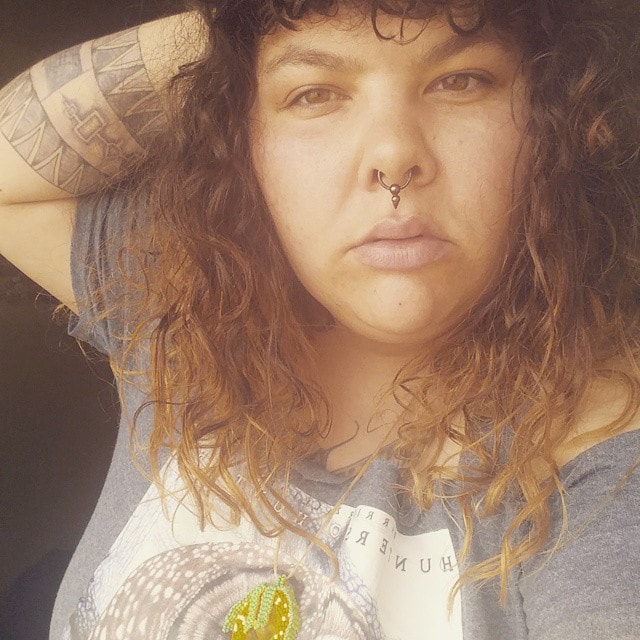
Iako’tsira:reh Amanda Lickers is an Onondowa’ga (Seneca) Haudenosaunee anti-colonial land defense organizer from the Turtle Clan. Her work deals in large part with the defense and rebuilding of Indigenous territories and nations in the face of the continued colonization and industrialization of these lands.
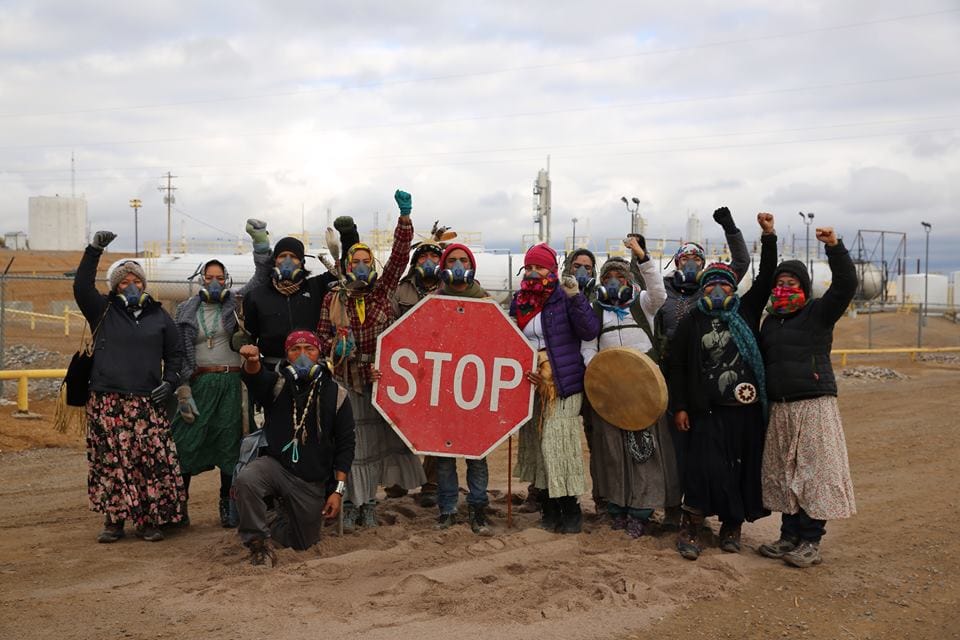
Nihígaal bee Iiná (Our Journey for Existence), is a group of Navajo young people who are walking across Dinétah to talk with community members, offer prayers for Mother Earth, and resist environmental violence. To date, they have journeyed over 1000 miles.
